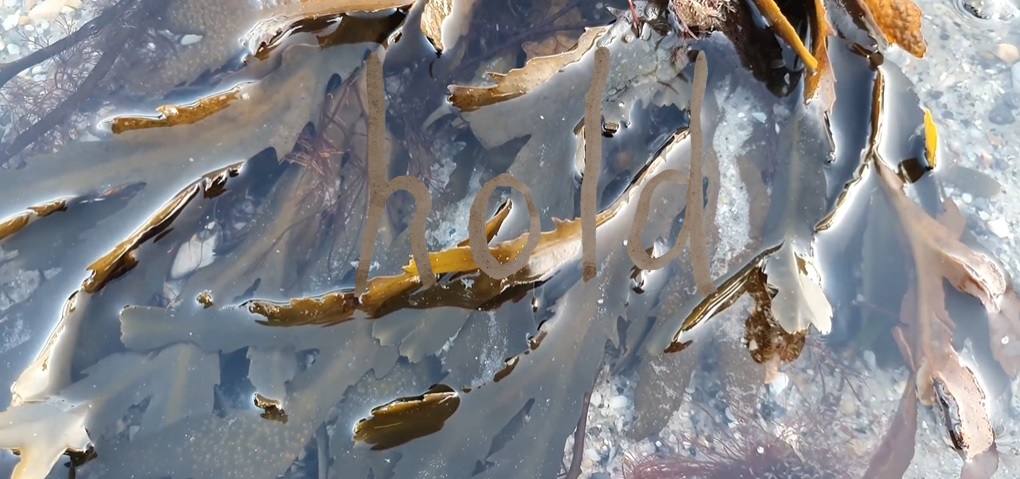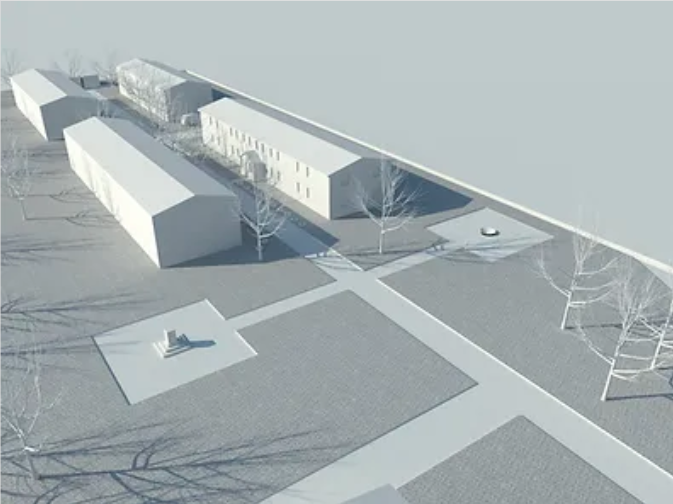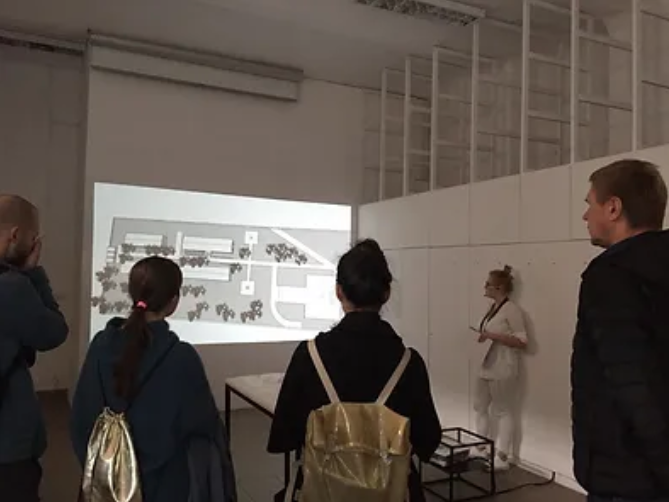from Doggerland is a shared practice by Gemma Gore (UK) and Jo Willoughby (NL). With a practice-based-research approach, we study states of suspension throughout the submerged metaphysical site of Doggerland.
Enquiring with our research questions:
Does the intertidal live within us? If we perceive the marsh or the estuary ecotones as liminal, how might this in-betweenness or transitional place become a site for complex understandings of climate change, climate grief, climate hope and climate action?
We explore the ecologies that our digital and in-real-life correspondences touch as we connect through cultures of water. Our website changes, a kind of durational performance like the sea, it continues to shift, ebb and flow, we use it as a studio space stretching across time and space.
https://fromdoggerland.hotglue.me/



